-
Content count
292 -
Joined
-
Last visited
Posts posted by Knuckledragger
-
-
I would love to attend this one year. Joey, did you bring your avid? RE #16, are putting an 912 in your plane? 80hp in that C will be a kick in the pants!
-
That was cool, How high were you? I use to get scared at 3000AGL in my challenger with out doors. If I was in that thing my pants would be soaking wet.
4500-6000' agl. It took me a while to get used to flying that high. The seat starts to feel awfully small up there!
1 person likes this -
It's been a while since any videos have been posted. This is me cooling off in the clouds this summer in Florida. I apologize, its not an Avid and the first minute or so is a bit jittery, but it gets better after that. I hope you enjoy.
4 people like this -
Maybe this will help...
-
It would be fun to see your avid parked next to it
1 person likes this -
Joey you make a very valid point. I ran into a perfect example of this just in the last couple of weeks. A non-pilot selling an overweight Aventura UL converted into an HP sold his plane to another non-pilot. I went to look at the plane just a day or so before it sold to the second non-pilot. The first owner figured out how to fly and land the plane but had no formal training. While discussing the plane I asked him how it stalled. He was puzzled and didn't seem to know what I was asking him. Yet he had been flying the plane! I decided to walk away. It was a nice plane but I just wasn't 'feeling' it.
I'm be willing to bet this guy told the next non-pilot he sold it to something along the lines of "I figured it out, its easy to fly..." Because the next week I saw this plane in the news, upside down in a local lake. The new owner decided to fast taxi on the lake on a day with winds 15G20+ . Fortunately no one was hurt other then in the wallet.
1 person likes this -
Looks great. Yes, I have the Ray Allen T2-10A servo on my elevator (part of the Highwing LLC elevator trim kit). Will try to grab some specifics tonight.
Servo is specifically: RAC T2-10A Aircraft Spruce part number - 11-02058. If I recall correctly you will need to make your own threaded rod to connect the ends.
LSaupe, Will this servo take the full wind load, without a spring or cable on both sides?
-
-
Rob,
I see the compass tape at the top of the screen. Is it GPS driven, or do you have a compass built in? Most of the in flight units include a GPS for more than just GPS airspeed/altitude. They fix some of the drift problems by comparing a calculated attitude with the sensed attitude based on the rate of change in altitude/direction. And they use moments they calculate no attitude changes going on to 'recenter' the attitude bar. That is why most of the certified (Dynon D1/D2, Garmin G5, etc) that don't have anything but a GPS for altitude/speed won't display attitude without a working GPS signal (the dreaded red 'X'). Without a GPS, you should be able to do the same thing from the pitot/static inputs if you have a compass to sense direction changes.
But you probably knew all that already anyway! :-)
Mark
Mark,
Great points. The compass indication is driven entirely by magnetometer. It has the same accuracy and fallibility as any decent magnetic compass. I chose to use a ribbon over simply showing a number to help pilots (like me) know which way to turn. With the ribbon, you just turn toward your new heading on the ribbon intuitively.
Your mention of fusing pitot static and barometric inputs to correct drift in the attitude indication are spot on! This specific bit of functionality is probably the single greatest effort in developing this device and likely why so few people actually make it to market with a MEMS sensor based IMU EFIS. This is the expensive secret sauce. I'm very fortunate to have good friends and engineering collaboration in another avionics company here in my town (see below).
This EFIS has no GPS chip. I may include GPS in another version. This version is all about simplicity and controlling costs.
Altitude is calculated using a very accurate temperature compensated barometric pressure sensor taking input from pitot static. I used the same sensor in a vario I built (for fun). I could get it beeping by simply raising and lowering my arm while holding it in my hand.
The EFISes that use only gps can't truly represent airspeed and altitude as a pilot requires for flight indication because, as you mentioned, they are calculated GPS values. There are also some that use both GPS and pitot static and as such can provide some handy information such as wind speed and direction.
EFIS EZ 3.2 uses only pitot static for airspeed, altitude, and VSI indications. Part of the install is to tee into the pitot and static lines. By using pitot static, you get the entire six pack:
- Airspeed (with v speed color banding)
- Attitude indicator
- Altitude (with ability to set current tower/AWOS field pressure)
- Slip Ball
- Compass
- VSI (with intuitive arrow)
- G-Meter
As mentioned above, I'm collaborating with Straight and Level Technologies (WingBug). They share a mindset in wanting to bring affordable, quality avionics to pilots of experimental aircraft.
-
This looks like just what I'm after as well. I've been googling affordable efis's (efii?) and this is the best I've seen.
Is the display "sunlight readable"? I have a Challenger ultralight (no electrics) and the cockpit is pretty bright.
Please let us know about the group order!
Its about as sunlight readable as other similar products (except Dynon, those guys have really nice gla$$!). My goal with this version is to keep the cost affordable for all of us "budget pilots". I'm tracking to be able to take orders by Oshkosh this year. Currently still testing and tweaking.
The reason more affordable units aren't available is the software driving the attitude indication is VERY tricky to get right. There are lots of guys showing their unit, sitting at a desk and moving it around - including me at the moment. This is because in flight, without the right software, they drift and act weird. The ones that do work in flight jump to over $1000. The guys with working units miss the sub $400 sweet spot because (IMHO) they load up the unit with screen cluttering features and fanciness.
I'm grateful to be collaborating with another avionics company, enabling both of us to share costs and pass this savings on to the flying community.
I know its a bit altruistic, but I want XP Avionics' first product to be something that makes this wonderful technology accessible to a broader range of pilots.
When my prototype is ready, I'll make a flying video.
I've also started work on 2 1/4" very lightweight digital gauges that are affordable and nice looking.
-
I was under the impression that NG mains were conventional mains, just flipped around and mounted in the rear set of mount points under the door.
I have a set of mains with the foot peg. The mains on my nosedragger didn't have a footpeg and were about 6" shorter than the mains I have now. I had plans to switch my plane to conventional using this pair of longer mains.
-
Railview, thanks for sharing all this - it benefits everyone. I trust your and your daughter's recoveries were quick and complete? I hope you're able to enjoy flying again soon
 1 person likes this
1 person likes this -
I'm very glad you're here to share your experience! I hope waiting 9 months to get back to it is not an indication of healing time..
Perhaps that plane started out with a Cuyuna in it, but the engine in your pictures appears to be a Rotax 582 mod90.
Are you able to take still pictures of the hinges?
-
I saw him too! He stayed in a tent under the wing.

-
LSaupe, have you tried doubling up on the shielding material? Also, at some point you'll reach diminishing returns and then its time to calibrate and record the offsets on a card.
-
-
EDMO, I used a version of that bender I posted above to perform compound bends in 1/2" polished stainless around fairly tight radiuses on a supercharged corvette I built some years ago. https://www.amazon.com/RIDGID-38048-Heavy-Duty-Bender-2-inch/dp/B008ULY74G/ref=sr_1_2?ie=UTF8&qid=1490981683&sr=8-2&keywords=1%2F2+tubing+bender
I have to think this tool is up to the job of bending up AL for a door frame.
 1 person likes this
1 person likes this -
2 people like this -
Lsaupe, That sounds like a hard iron error. Are you able to relocate the compass? There is something to the (probably to the right of it) that is disrupting the magnetic field.
-
EDMO, You may already know this but... One thing I do when bending up some tubing is to fill it with sand first. This keeps it very round around the radiuses.
-
I have a set of these for aluminium and stainless tubing:
-
I had this setup. Checking the through bolts was part of every pre-flight, as they were undersized for the task and would bend and had to be replaced occasionally.
I also put a skid under the tail and kept the nose up or as light as possible always.
-
I was able to buy a 4" x 4" X 1/4" piece on ebay a few years back. I used it at a platform for delicate TIG welding stuff.
-
I could absolutely make something for your scoot ChopNDrag. Ideally we could design something that other bike owners would want too, to make it worthwhile.
Contact me offline with your ideas.
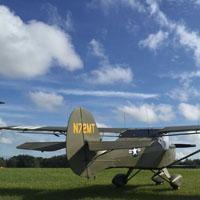

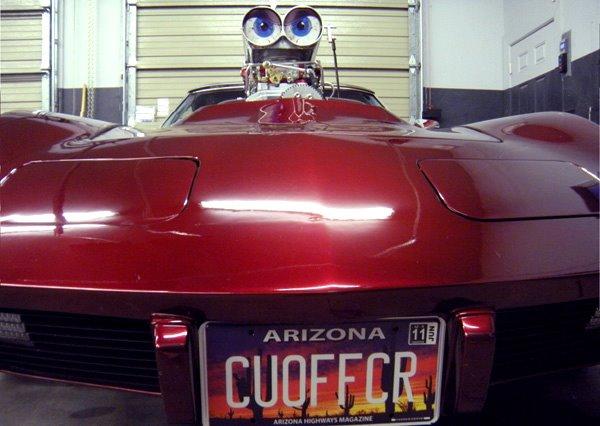

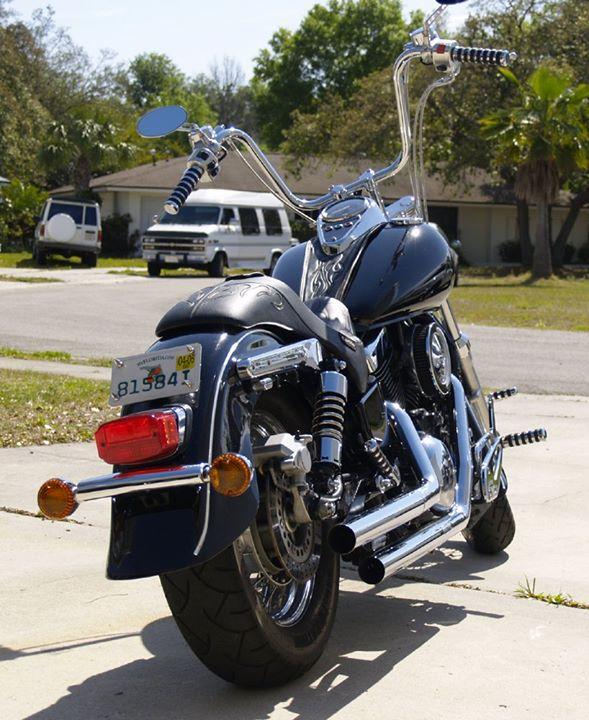




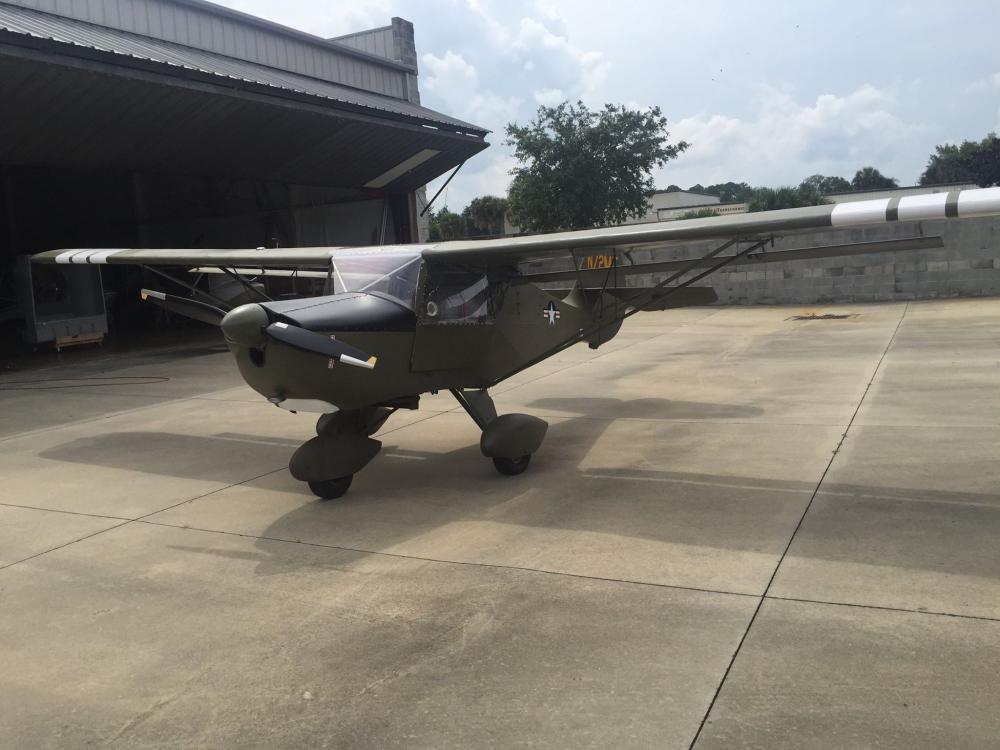
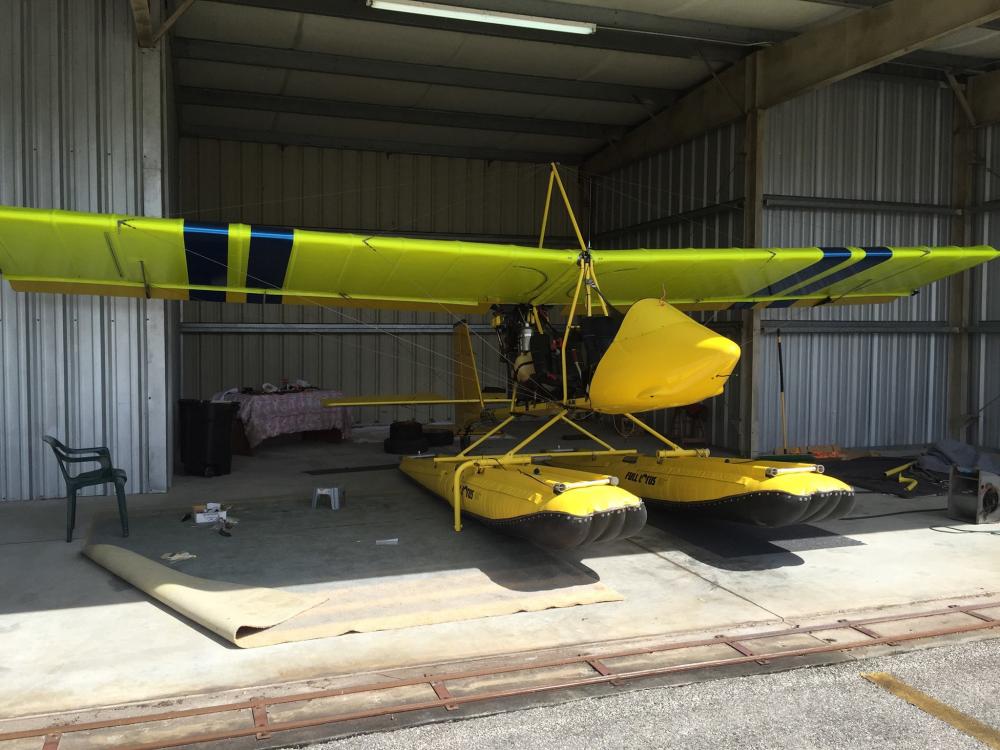
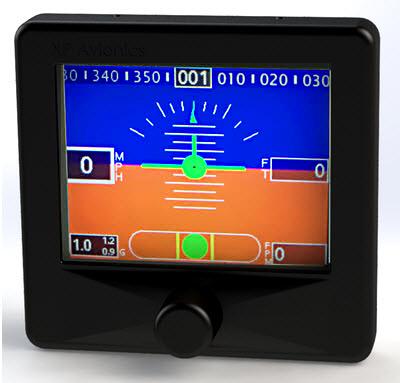
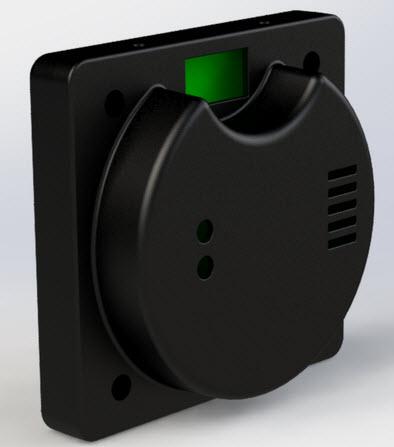


Cooling off in the Clouds
in Avid fox flyers pics and vids
Posted
8000'+ yesterday
And got my first Halo.